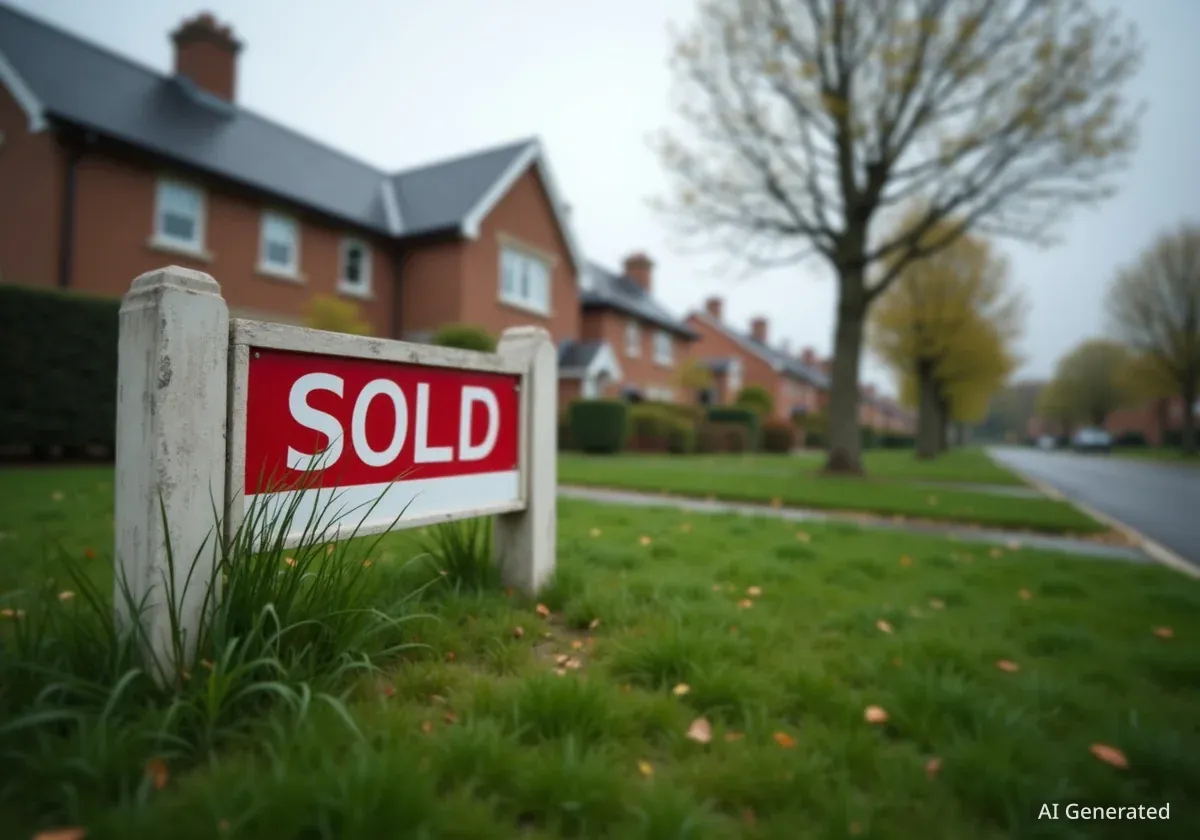New research from Virginia Tech has uncovered a direct link between local vehicle emissions and the financial performance of commercial real estate. The study found that properties located in areas with lower household car emissions generate approximately 1.5 percent higher annual returns compared to similar properties in high-emission zones, signaling a shift in how investors assess long-term value and climate-related risks.
Key Takeaways
- Commercial properties in low-emission areas outperform those in high-emission areas by an average of 1.5% annually.
- The financial benefit is primarily seen in future price appreciation rather than immediate operating income.
- This trend suggests investors are increasingly factoring in "climate transition risks" when valuing properties.
- The connection between emissions and property returns is more pronounced in states with a Democratic political leaning, where environmental policies are often stronger.
A New Factor in Property Valuation
A comprehensive study led by Hainan Sheng, an assistant professor in the Blackwood Department of Real Estate at Virginia Tech, has introduced a new variable into the complex equation of commercial real estate investment. The research analyzed a vast dataset of U.S. commercial properties from 2002 to 2019, a period that saw growing awareness of environmental issues.
The core finding is straightforward: cleaner air correlates with better financial returns. On average, properties in neighborhoods with lower carbon emissions from household vehicles saw their value grow more significantly over time. This outperformance of 1.5% per year remained consistent even after researchers controlled for other influencing factors. These controls included property-specific details, local economic conditions, existing environmental policies, and the availability of public transportation.
This suggests that the environmental quality of the surrounding community is becoming as important as the features of the building itself. For decades, real estate analysis has focused on internal factors like green building certifications. Sheng's work expands this perspective outward.
“This research shows that the sustainability of a property’s external environment matters,” said Sheng. “It isn’t just about whether a building has a green certification. The broader community context, in this case, emissions from transportation, directly affects how investors view long-term value.”
Future Growth Over Current Income
One of the most significant details from the study is where the 1.5% performance gap originates. The research indicates that the difference is not found in the property's day-to-day operating income, such as rent collection. Instead, the impact is almost entirely concentrated in future price appreciation.
This distinction is critical for long-term investors. It implies that the market is pricing in future risks and opportunities related to climate change and environmental policy. A property in a high-emission area might be perceived as having a greater risk of facing stricter regulations, changing consumer preferences, or other negative impacts that could limit its value growth down the line.
What is Climate Transition Risk?
Climate transition risk refers to the financial and operational risks that companies and assets face as the economy shifts toward a low-carbon model. These risks can include new government policies (like carbon taxes), technological changes (like the rise of electric vehicles), and shifts in market sentiment that devalue assets associated with high emissions.
By favoring properties in cleaner areas, investors are effectively making a bet on the future. They anticipate that these locations will be more desirable, more resilient to policy changes, and ultimately more valuable as sustainability becomes a central economic driver.
The Influence of Politics and Policy
The study also uncovered a political dimension to this trend. The link between lower vehicle emissions and higher property returns was found to be strongest in states with a Democratic political majority. According to the research, this is likely because these states are often quicker to enact and enforce environmental regulations.
In these regions, investors may be more actively anticipating future policy actions that could penalize high-emission activities or reward sustainable practices. This forward-looking behavior means that the market in these states is already adjusting property values based on potential environmental legislation.
This finding highlights how the political landscape can directly influence investment strategy and asset pricing. The perceived stability and direction of environmental policy in a given state can create tangible financial advantages or disadvantages for real estate assets located there.
Transportation's Environmental Footprint
According to the U.S. Environmental Protection Agency (EPA), the transportation sector is the single largest source of carbon dioxide emissions in the United States. In recent years, motor vehicles have consistently accounted for over 80% of these transportation-related emissions, making them a primary focus for climate policy.
Implications for the $32 Trillion Market
The commercial real estate market in the U.S. was valued at more than $32 trillion in 2020, making any systemic shift in valuation highly significant. Sheng's research suggests that community-level sustainability is no longer a niche concern but a measurable factor in financial performance.
For investors, this means that environmental due diligence must extend beyond the property line. Analyzing local transportation patterns, community emissions data, and the regional political climate could become standard practice for assessing long-term risk and growth potential.
The findings also have important implications for urban planners and municipal governments. Efforts to reduce traffic congestion, improve public transit, and encourage the adoption of electric vehicles may not only yield environmental benefits but also deliver direct economic rewards by boosting local property values. This creates a powerful financial incentive for cities to invest in sustainability initiatives, aligning environmental stewardship with economic prosperity.
As the global economy continues to grapple with the transition to a lower-carbon future, this study provides clear evidence that environmental factors are already being priced into one of the world's largest asset classes.





